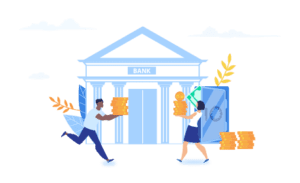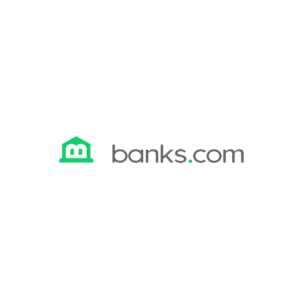Community Banks
Community banks play an integral role in the US financial industry. They work closely with the families and businesses located in their communities to provide financial services tailored to their community members’ needs.
Learn about the benefits of community banking and discover the best community banks located near you.
What is Community Banking?
Community banking refers to providing financial services to individuals and businesses in the local community.
Community banks are typically owned and operated by members of the communities they serve and thus have a deep understanding of their customers’ needs. They are usually found in rural and under-served urban areas that have been neglected by the country’s largest banking institutions.
Local community banks offer services such as bank accounts, savings products, mortgages, and small business loans.
However, unlike their Wall Street counterparts, community-based lenders offer a much more personalized banking experience. In most cases, bankers are the next-door neighbors of their customers, creating much closer banking relationships.
“Community banks channel local deposits into the Main Streets and neighborhoods they serve, spurring job creation, fostering innovation and fueling their customers’ dreams in communities throughout America.”
Independent Community Bankers of America® (ICBA)
In many parts of the country, community banks are the only lenders left with physical bank branches where customers can go and talk to their bankers in person.
While no official classification exists to determine what a community bank is, traditionally, a community-focused bank with assets under $1 billion fell into the category of community bank. Today, local banks with up to $5 billion in assets typically fall into this category, while some institutions even consider banks with up to $10 billion in assets as community lenders.
Community Banks
If you are wondering: “Are there any community banks near me?” The answer is probably yes. In the United States, there are around 5,000 community banks, and you will be hard-pressed not to find a community bank in major cities. Below, you will find some community banks.
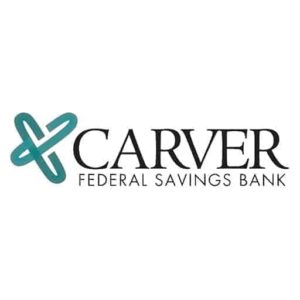
Carver Federal Savings Bank has been proving New Yorkers with access to banking solutions regardless of their income level since 1948.
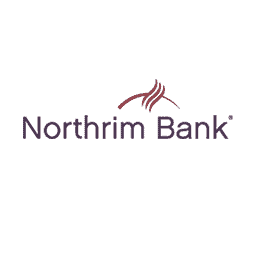
Northrim Bank is a full-service community bank headquartered in Alaska offering personal banking and business banking services focused on customer service.
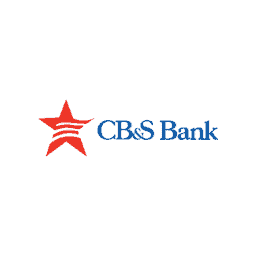
CB&S Bank offers personal and business banking solutions: loans, checking, savings accounts. Manage all your banking using the free CB&S Bank mobile app. Get started today.
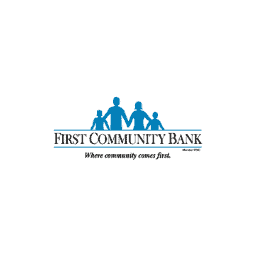
First Community Bank is a locally owned and operated community bank in Arkansas and southern Missouri offering personal and banking solutions such as checking and savings accounts, credit cards, and mortgage lending.
Data Source: https://www.fdic.gov/regulations/resources/cbi/data.html
For a complete list of community banks across the country, check out the regularly updated information about all chartered community banks provided by the FDIC.
Community Banks: A Cornerstone of the US Financial System
If you are living in a metropolitan area, chances are that you have your checking account with one of the country’s largest banks because their branches are scattered across the city. What you may not be aware of, however, is that the vast majority of banking institutions in the US are actually community banks.
97% of banking institutions in the US are community banks.
You will not see that many community banks on the high streets of metropolitan cities, however, as around half of all US-based community banks are in rural counties with populations of less than 50,000. Moreover, community banks located in large cities tend to operate in under-served neighborhoods, such as low-income areas.
Community banks exist in all 50 states. The highest concentrations of community banks are located in Texas (407), Illinois (405), Minnesota (279), Iowa (271), and Missouri (244), according to Banking Strategist.
What’s more, community banks possess over $5 trillion in assets, over $4 trillion in deposits, and have granted more than $3.4 trillion in loans to consumers, small businesses, and the agricultural sector, according to the Independent Community Bankers of America® (ICBA).
“Community banks have a critical role in keeping their local economies vibrant and growing by lending to creditworthy borrowers in their regions. They often respond with greater agility to lending requests than their national competitors because of their detailed knowledge of the needs of their customers and their close ties to the communities they serve.”
Former Chairman of the Federal Reserve, Ben Bernanke, in an interview with Community Banking Connections
With over 50,000 locations across the country, community banks are a cornerstone of the US banking landscape. Without local community banks, individuals and businesses in rural and under-served urban communities would struggle to access basic banking services.
Carver Bank: A Prime Example in Community Banking
Carver Federal Savings Bank is a black-owned community bank located in Harlem, New York City.
The lender was founded in 1948 by a group of local residents to provide banking services to the Black community in Harlem, which has been underserved by Main Street banks.
70 years later, Carver Bank remains the go-to banking services provider for many Harlem residents and Black Americans living in New York. The publicly-traded lender offers checking accounts, savings products, business and home loans, and allows individuals without bank accounts to pay bills and send remittances via its “Community Cash” service.
What’s more, the bank is proud of the fact that it reinvests the majority of its deposits back into its local communities through its lending activities.
Carver Federal Savings Bank

Carver Federal Savings Bank has been proving New Yorkers with access to banking solutions regardless of their income level since 1948.
Carver Bank demonstrates the profound positive impact a community bank can have on the residents and businesses in a community. Prior to the launch of Carver Bank, African American New Yorkers were largely denied access to financial services. And even today, many Black Americans in New York prefer to bank with a community bank that understands their specific needs instead of a Main Street bank that does not offer them the same level of service.
Should You Bank With a Community Bank?
Whether you should bank with a large Wall Street, a mobile-only neobank, or a local community bank depends on your specific needs and preferences.
The most important questions you should ask yourself when choosing who to bank with include:
- What financial services do I require? Does this bank offer them?
- What are the charges for the services I want? How do they compare to other banks?
- Do I want to bank digitally or do I prefer to walk into a bank branch?
- Would I like a personal banker that I can contact via phone, email, or in-person?
If you are looking for a bank that has branches near you where you can go and talk to a personal banker about your banking needs, you should consider a community bank. If you live in a rural area or an under-served urban area, community banks will likely be the only lenders with physical branches in your area.
Moreover, if you desire a very personalized banking experience, banking with a community lender probably makes the most sense for you. The people working in these banks typically live in the same community as you and, therefore, tend to have a better understanding of your personal or your business’ financial needs.
Most community banks also offer digital and mobile banking. So, before downloading the latest digital-only banking app, check out what your local community bank has to offer.
What’s Next?
If you would like to make the switch from a big bank to a community bank, check out our list of the best community banks near you.

